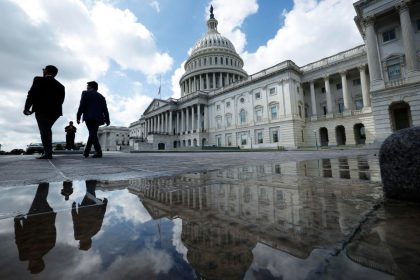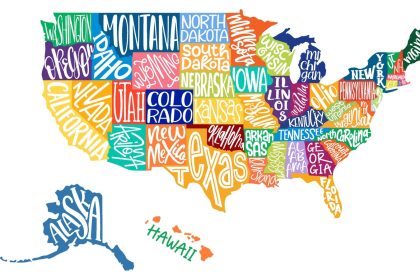Venice recently started charging an entry fee — a so-called tourist tax — for day-trippers from April 25 date until July 14. The fee of five euros can be paid once, and it allows access for the day to Venice and the minor islands of the Venetian Lagoon. Travelers staying in temporary accommodations in that area will be charged the tax in conjunction with their room fees—and those not staying in accommodations that handle compliance for them will need to carry documentation proving they have paid the fee.
Venice is a city renowned for its unique architectural beauty, Renaissance history, and cultural significance—as well as a common tourism destination for visitors from around the world. From its canals to its historic buildings and cultural events, crowd management and preservation of the local infrastructure is an ongoing challenge.
To ameliorate these costs, the Municipality of Venice implemented the tourist tax, officially referred to as an access fee, to regulate the influx of visitors and internalize the externalities created by mass tourism in the The Floating City.
Discouraging Day-Trippers
By imposing a fee on all visitors entering the City of Canals, including those spending only a few hours, the municipality can discourage tourists who plan only a short visit—and consequently intend to spend little within city limits.
The access fee can be keyed to congestion, with higher costs during peak times and lower ones during offseason months or when a daily threshold of visitors is not exceeded. A dynamic pricing model can make day trips particularly expensive during cultural events or on other high-demand days. This pushes day-trippers toward off-peak times for visits and ameliorates congestion while prioritizing visitors who will be more likely to spend additional time and money in the city.
Enforcement And Spending
The access fee is collected through a number of mechanisms, including direct collection by the municipality and integration with existing transportation fees. Tourists will be checked at entry points and can be checked randomly elsewhere—the former adding an additional layer of administrative effort to a visit, discouraging short-term tourists.
The revenue generated by the access fee program will be used to finance the ongoing maintenance of infrastructure and cultural heritage sites, which can be especially strained by increased tourism. The policy connects the fee directly with the preservation of the very elements that encourage visitors to begin with — a perfect example of internalizing, through taxation, the externalities generated by tourism.
Controversy
The access fee is not without controversy—including among Venetians themselves. Critics argue that the measure effectively turns the historic city into a theme park—and won’t address the underlying issues of overcrowding from tourism.
The city has steadily lost year-round residents, experiencing a decline by 120,000 since the 1950s. Increased visitors have generally been blamed for the shrinking population, with mass tourism overwhelming the city’s infrastructure. The access fee policy is intended to strike a balance between the city’s reliance on tourism revenue and its ability to maintain a year round population. Whether it does so effectively remains to be seen.
Read the full article here

















